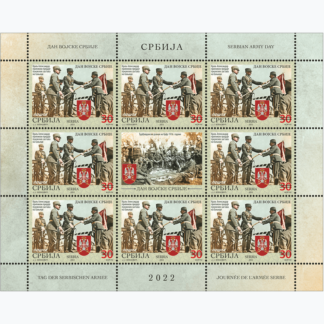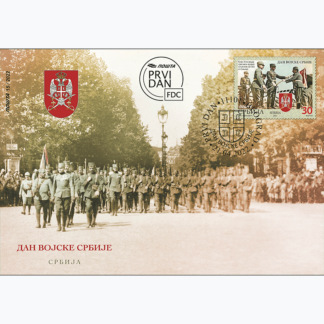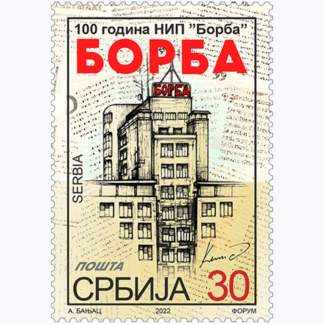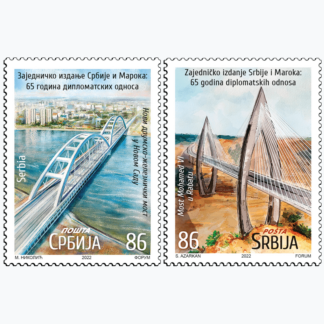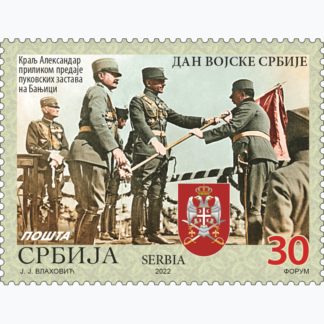Description
The date of the beginning of the Second Serbian Uprising, Palm Sunday according to the old calendar, i.e. 23 April, 1815, according to the new calendar, is marked as the Serbian Army Day. That date represents a historical turning point that led to the creation of a modern Serbian state and enabled the creation of an efficient and modern Serbian army. The uprising, whose leader was Prince Miloš Obrenović, was officially proclaimed at the meeting of dukes and priests in Takovo near Gornji Milanovac. It represents a successful military segment of Serbian history after which the process began by which Serbia conquered one element of statehood at a time and finally got rid of the supreme Turkish government. One of the first steps in that direction was the creation of a standing army in 1825, from 1,147 young men divided into twelve troops, who were given the name «enrolled cops». As the introduction of the standing army went unnoticed by Porta, the National Assembly made the name «soldiers» official instead of «registrar». This, standing army, lived in barracks and received a salary.
From 1850, the training of officers in Serbia began, with the opening of the Artillery School, and from 1861, in addition to the small standing army that forms its professional core, the Serbian military organisation was strengthened by formalising general military service and organising a militia-type people’s army. Through military and diplomatic efforts, Serbia gained state independence and expansion in the south at the Berlin Congress after the Serbian-Turkish wars of 1876-1878. With the military reforms that began in the 1980s, under the patronage of King Milan Obrenović, Serbia created a superior military organisation following the most modern foreign models, but also its own experience. That army showed its strength and efficiency in the wars of 1912-1918, when it became the main instrument of state policy for the realisation of the national programme of unification of Serbs and other South Slavs.
Motif on the stamp: King Alexander during the handing over of regimental flags at Banjica
Motif on the vignette: St. George’s Day Reveille on Corfu in 1916
Motif on the envelope: Parade of the Serbian army in Paris, July 14, 1919
Expert collaboration: Military Museum of the Directorate for Tradition, Standard and Veterans of the Sector for Human Resources of the Ministry of Defence; Col. Dalibor Denda, PhD, Institute for Strategic Research of the University of Defence
Graphic realisation of the issue: MA Jakša Vlahović, academic graphic artist

